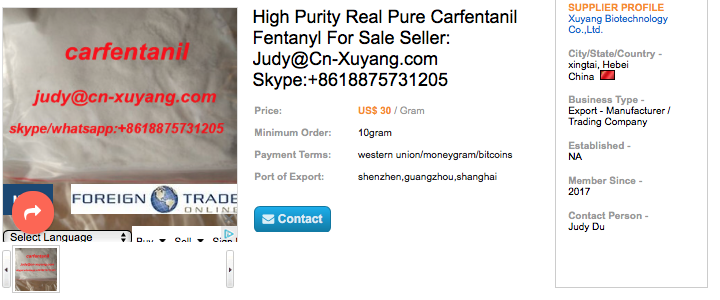This week, US and Chinese law enforcement announced the continuation of a joint investigation into fentanyl production and trafficking with a view to tackle the problem through money laundering investigations to identify TCOs involved.
As part of the announcement, China said that on September 1, 2018, it banned two fentanyl variants. In February 2017, China banned carfentanyl.
The DHS said that 35 persons have been identified and are in custody (but not named) that are associated with fentanyl trafficking in this specific case. Officials from the city of Xingtai, China, were in New Orleans as part of the investigation and announcement.
Two years ago, a 14-member delegation from the DEA spent a week in China meeting with Narcotics Control Bureau and Public Security Bureau officials in China to train them on investigating money laundering activities that would reveal fentanyl sellers.
Fentanyl is 50 to 100 times stronger than morphine, has been linked to hundreds of overdoses and deaths in the US annually, and over a thousand deaths a year in Vancouver, Canada. Fentanyl is often mixed into heroin and drug purchasers often have no idea that they’re taking fentanyl.
Illicit fentanyl trafficked in the US comes from Canada, China and Mexico. Xingtai is a key city in China where fentanyl is manufactured. Vancouver is a key city in Canada where fentanyl is shipped to before heading to the US.
Fentanyl from China is often paid for with Bitcoin (see online ad below from Xingtai for the illegal sale and export of carfentanil for payment in Bitcoin although the ad may be a plant because the price for a gram of carfentanil is not $30 and no one is named “Judy” in China, for real or for cover).
